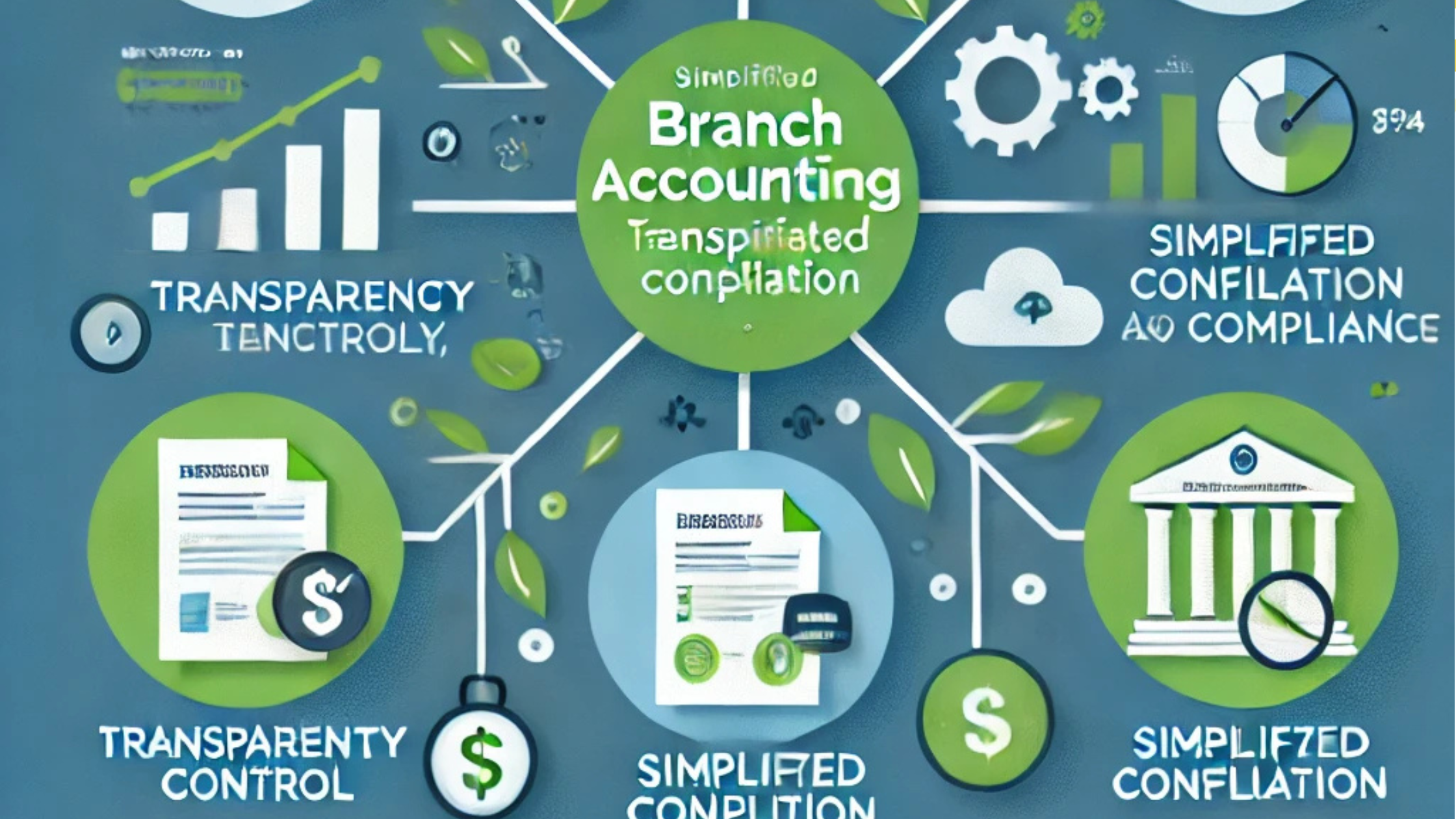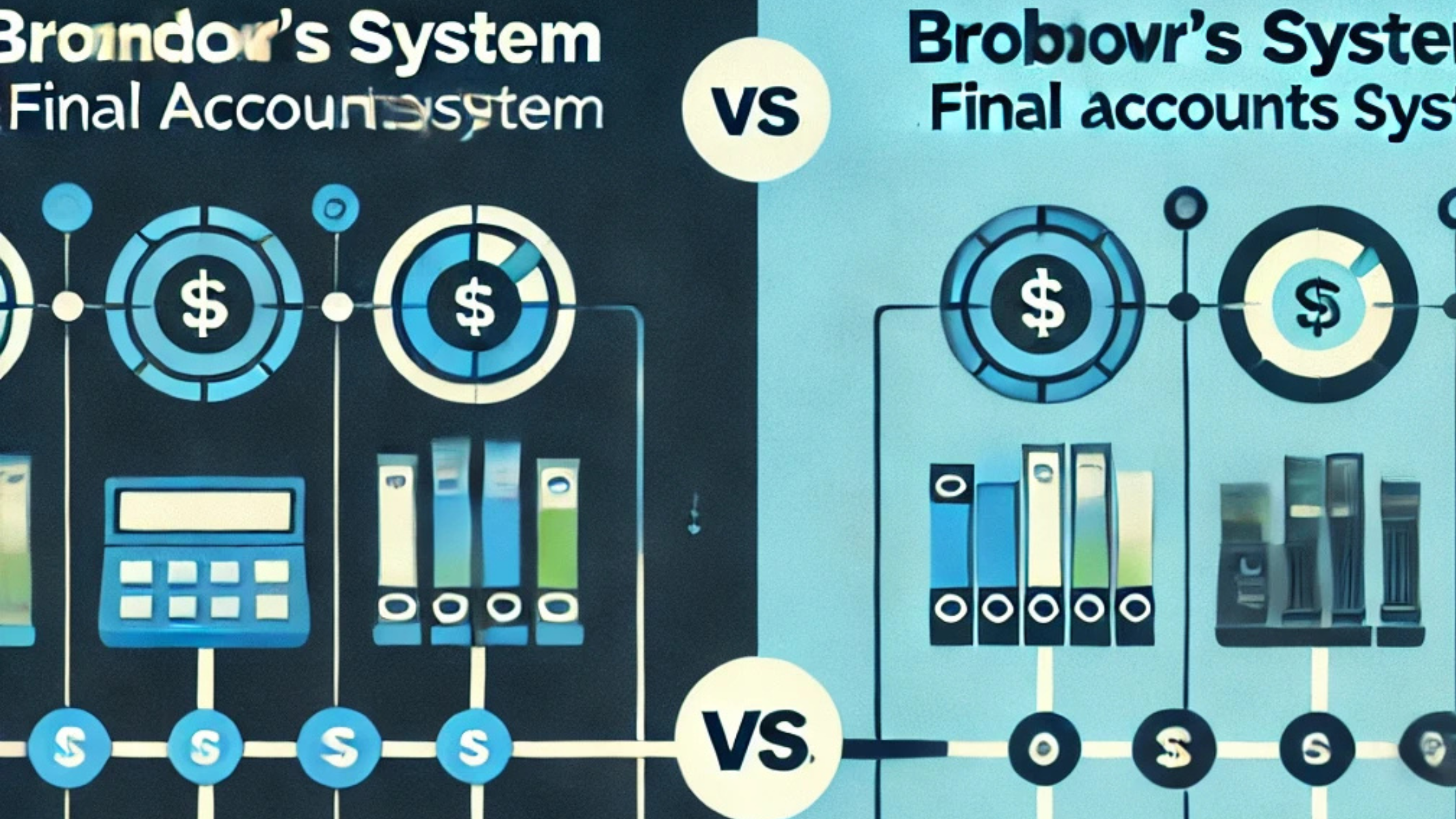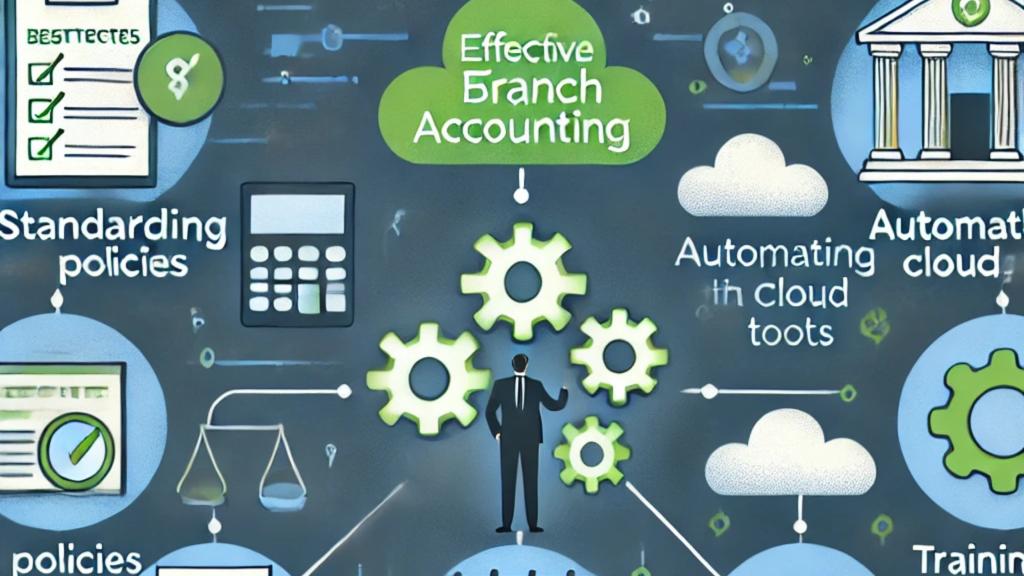These days’s worldwide commercial enterprise environment, agencies regularly extend by opening more than one branch. This growth introduces financial complexities, which is where department accounting turns into indispensable. However what is branch accounting precisely, and how are you going to grasp its fundamentals? permit’s ruin it down little by little to make it easy and realistic for you.

What’s the Accounting department?
Branch accounting is a financial reporting system used by corporations that function across multiple locations or devices. each department or unit is handled as a personal entity for accounting functions. The economic overall performance of every branch is recorded one after the other and later consolidated into the organization’s principal bills.
Through the usage of branch accounting, businesses can track the profitability and operational efficiency of every branch, permitting higher financial management and knowledgeable selection-making.

Why is Branch Accounting Important?
Transparency and manipulate
Department accounting affords clear insights into how each branch is acting financially. whether or not an enterprise operates locally, nationally, or internationally, branch accounting makes it less complicated to spot which places are generating income and which of them may also want improvement.
Simplified Consolidation
While economic data is segmented department-sensible, consolidating reviews at the top workplace degree will become less difficult and more correct.
Compliance and Reporting
Many countries require agencies with a couple of branches to submit department-degree monetary records for taxation and regulatory compliance. department accounting ensures agencies meet those necessities successfully.
How to Understand Branch Accounting Basics
Centralized vs. Decentralized Accounting
Organizations want to pick between 2 principal systems:
Centralized device: The head office handles all accounting for branches.
Decentralized System: Every branch maintains its debts, which might then be pronounced to the head office.
A decentralized machine is often favored for large businesses as it offers branches autonomy and facilitates them to react quickly to local market situations.

Methods of Branch Accounting
There are two number-one strategies:
borrowers system
This technique treats the branch like a debtor to the head workplace. All goods sent to the department, sales, charges, and remittances are recorded. It is generally used when branches don’t hold complete debts themselves.
Final debts gadget
This approach calls for the branch to prepare its very own trial stability, earnings and loss account, and stability sheet. These are then incorporated into the pinnacle office’s very last accounts.
Inter-branch Transactions
Corporations with more than one branch frequently have internal transactions, along with moving inventory or services between branches. The right recording of inter-department transactions is necessary to keep away from duplication or omission in consolidated economic reviews.
Technology’s Role
Contemporary accounting software programs like QuickBooks, SAP, or Tally have made department accounting less difficult by way of automating processes and allowing real-time financial data sharing throughout places.
Not unusual demanding situations in branch Accounting
records Inconsistencies
While branches use different accounting practices or structures, record inconsistencies can stand up during consolidation.
Lack of Standardization
Except for a uniform policy across all branches, comparing overall performance between places will become hard.
Foreign money Conversion
For global branches, foreign money conversion and fluctuating trade costs can complicate economic reporting.

Best Practices for Effective Branch Accounting
Standardize Accounting policies: ensure all branches observe the same accounting framework.
Automate with Cloud-based equipment: undertake software that helps multi-branch accounting and actual-time information syncing.
Train department body of workers: Equip department-level accountants with the knowledge and tools wanted for correct reporting.
Time table normal Audits: behavior periodic internal audits to locate discrepancies early.
Conclusion
Perception branch accounting fundamentals are prime for companies aiming to grow throughout multiple locations whilst keeping monetary clarity. From deciding on the proper accounting gadget (centralized or decentralized) to getting to know inter-branch transactions, the intention is to improve transparency and performance.
Whether or not you’re an enterprise owner or a finance professional, getting a manager on branch accounting will assist you’re making higher financial choices and optimizing branch performance. start with the aid of standardizing your accounting regulations, the use of current software, and training your teams correctly.
Frequently Asked Questions (FAQs)
What is the main purpose of branch accounting?
The principal purpose is to track and examine the monetary overall performance of person branches and streamline consolidation into the corporation’s ordinary bills.
Is branch accounting only used by large corporations?
No, even small and medium-sized groups with more than one location benefit from branch accounting, in particular when monitoring profitability throughout extraordinary branches.
What are inter-branch transactions?
Those are monetary transactions between branches, along with stock transfers or shared service expenses. accurate recording is vital to save you from errors in consolidated financial statements.
Can I use Excel for branch accounting?
At the same time as Excel may be used for smaller organizations, but specialized accounting software is suggested for businesses with numerous branches to reduce manual mistakes and improve performance.




